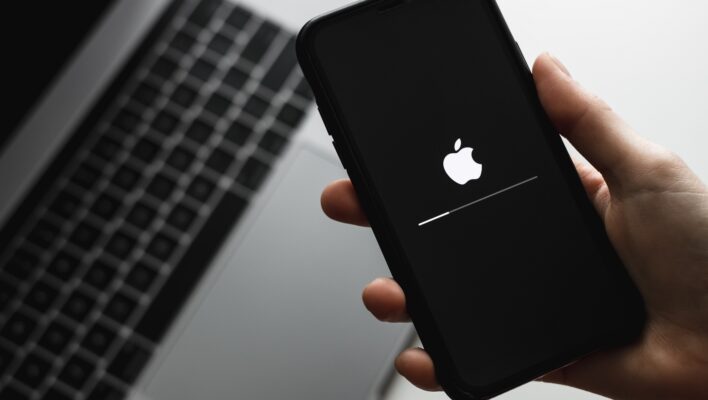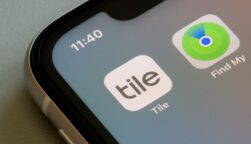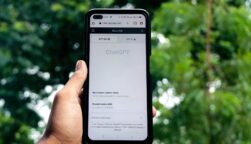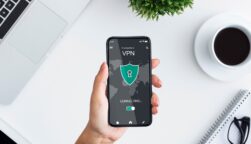Apple is rolling out the first 17.3 beta to developers this week, with the inclusion of a ‘Stolen Device Protection’ feature.
In the unfortunate event that your iPhone and passcode are stolen, this new added layer of security aims to provide peace of mind by using biometric information, like a face scan or fingerprint, to access critical phone functions.
In this article, we’ll explore exactly what Stolen Device Protection is and how you can switch it on. However, if you’re unable to access the 17.3 beta just yet, don’t worry! The latest 17.2 update has also just landed.
Setting Up Stolen Device Protection
Stolen Device Protection activates when your phone is in an unknown location. As soon as this happens, it’ll kick in and share a notification immediately, as well as a second alert one hour later.
Those who have updated to the iOS 17.3 beta will have seen a prompt to test a preview of the feature following installation. However, Apple has said this prompt won’t pop up for those who install iOS 17.3’s public version.
The feature is opt-in and super simple to set up. Here’s how:
1. Head to the Settings
2. Scroll to Face ID & Passcode
3. Then Stolen Device Protection
4. Toggle it on
 🔎 Want to browse the web privately? 🌎 Or appear as if you're in another country?
🔎 Want to browse the web privately? 🌎 Or appear as if you're in another country?
Get a huge 86% off Surfshark with this special tech.co offer.![]()
Warning: Downloading beta versions of iOS can be problematic, as new features aren’t fully tested, you also run the risk of losing data, and losing functionality. Apple itself recommends not downloading beta versions to ‘business critical’ devices. If you want to give the beta a spin, we’d strongly recommend downloading it to a secondary iPhone.
The Benefits of Stolen Protection
When the feature is switched on, particularly sensitive actions will need Face ID or Touch ID authentication in order to be used. They’ll also feature a one-hour security delay, in which a user must wait 60 minutes before authenticating again.
However, this one-hour delay won’t be necessary if your iPhone is being used in a familiar location, like your home or workplace.
Here are the actions it’ll help to protect:
- Changing your iPhone passcode
- Adding or removing Face ID or Touch ID
- Changing your Apple ID password
- Updating select Apple ID account security settings, including adding or removing a trusted device, trusted phone number, Recovery Key, or Recovery Contact
- Turning off Find My
- Turning off Stolen Device Protection
Several actions will also require the same biometric authentication in order to be used, but won’t feature the one-hour delay. These include:
- Deleting all content and settings
- Viewing an Apple Card virtual card
- Applying for a new Apple Card
- Using payment methods that are saved in Safari
- Viewing or using passwords or passkeys saved in iCloud Keychain
- Turning off Lost Mode
- Making certain Apple Cash and Savings actions in Wallet
- Using your iPhone to set up a new device
New Feature Follows Theft Exposé
This new security feature comes following a report from The Wall Street Journal earlier this year, which exposed how the recovery key was being hijacked by criminals and resulted in victims permanently losing treasured family photos and other important digital items.
Reporters Joanna Stern and Nicole Nguyen discussed instances of thieves spying on their victim’s passcode before stealing the device. They were then able to turn off Find My, reset the Apple ID password, and view passwords for banking and email accounts that were stored in iCloud Keychain.
Stolen Device Protection will be available on all iPhone models that are compatible with iOS 17. It’s likely the full public rollout will take place in January or February 2024.




